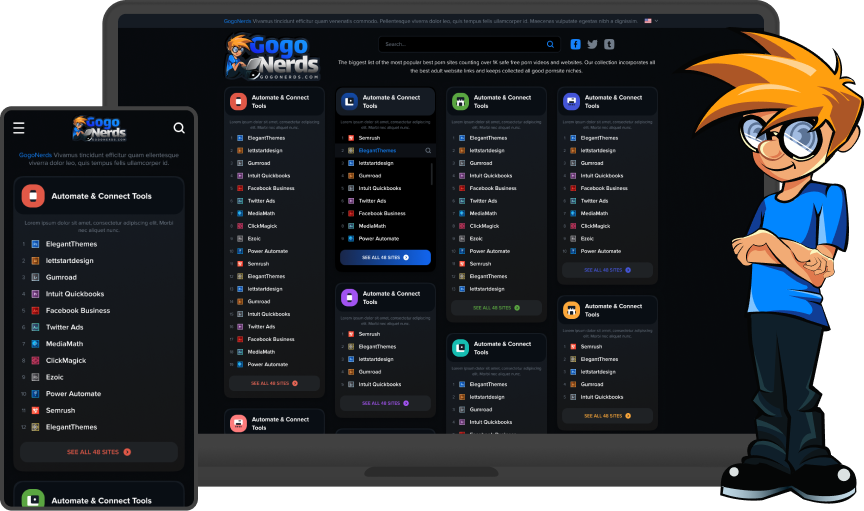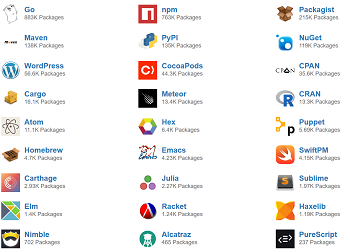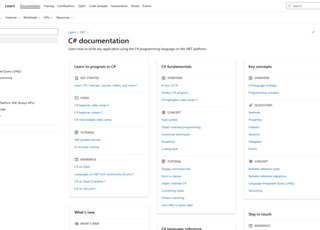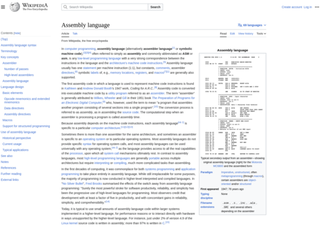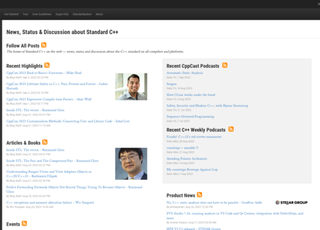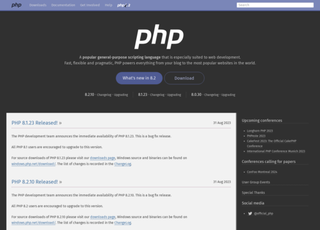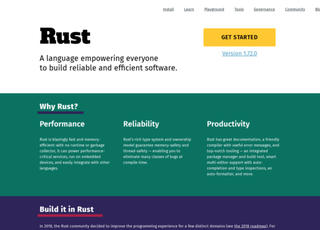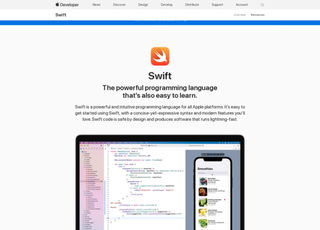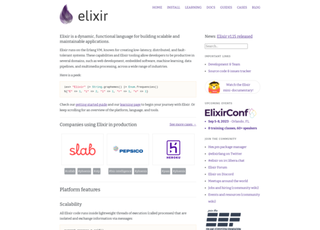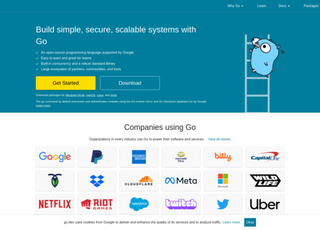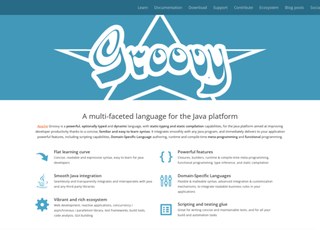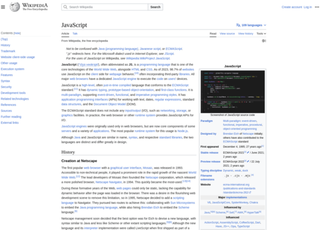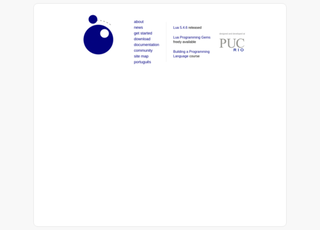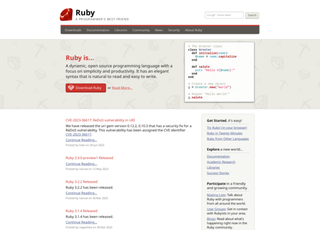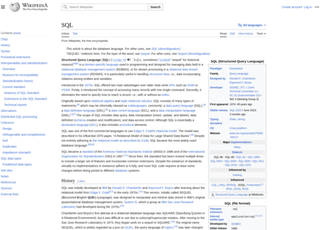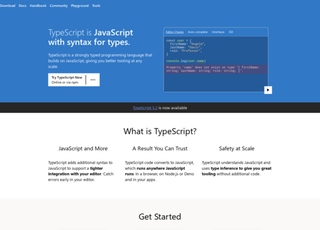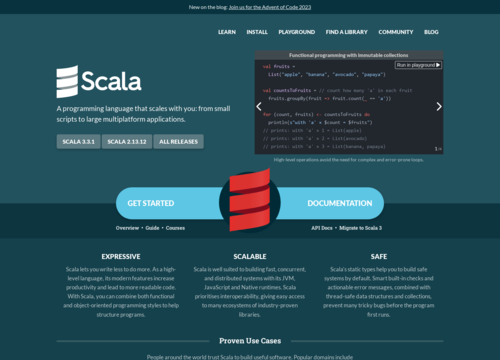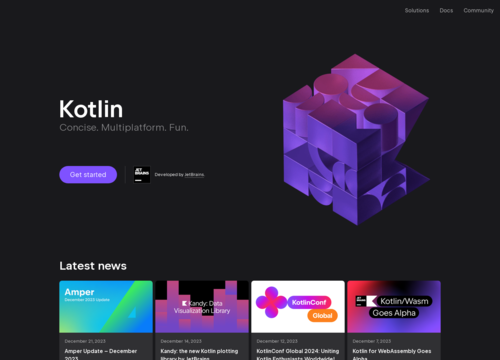Dart
Dart is a versatile programming language developed by Google, initially designed by Lars Bak and Kasper Lund. It's purposed for building web, server, desktop, and mobile applications. Dart is object-oriented, class-based, and supports garbage collection, bearing a C-style syntax. It's optimized for building mobile applications, particularly when paired with the Flutter framework, allowing for the creation of highly performant, beautiful user interfaces.
Here are some notable features and aspects of Dart:
Type Safety
Dart employs static type checking to ensure a variable's value always aligns with its static type, enhancing code reliability and performance. Although type annotations are optional due to type inference, Dart's type system is robust and can also accommodate dynamic type settings with runtime checks, especially useful during code experimentation or when dealing with highly dynamic code scenarios.
Sound Null Safety
Dart has introduced sound null safety, meaning values can't be null unless explicitly stated, which significantly reduces null reference exceptions at runtime.
Libraries and Concurrency
Dart provides a rich set of core libraries and support for async/await, generators, and other asynchronous programming features, which are essential for handling concurrent programming tasks efficiently.
Interoperability
Dart can interoperate smoothly with other programming languages and technologies, which is crucial for various development scenarios.
Rich Ecosystem
There's a thriving ecosystem around Dart, comprising various tools and libraries to enhance the development process. Dart's package manager, Pub, provides access to a wide range of packages, facilitating the seamless integration of external libraries and tools into Dart projects.
Historically, Dart was unveiled at the GOTO conference in Denmark in 2011 and reached its version 1.0 in 2013. Initially, it faced mixed reception due to concerns around fragmenting the web. However, the focus shifted to compiling Dart code to JavaScript, which alleviated these concerns. Dart 2.0, released in August 2018, introduced significant language changes, including a new type system. Dart continued to evolve with versions 2.6 and 3.0, introducing dart2native extension and requiring sound null safety, respectively. These versions aimed at extending Dart's native compilation to desktop platforms and enhancing type safety features. Furthermore, Dart's specifications have been standardized through ECMA International, indicating a level of maturity and acceptance in the broader programming community.
Deployment-wise, Dart applications can be deployed in various ways, including as self-contained executables, ahead-of-time compiled modules, or transpiled to JavaScript for web deployment, offering a level of flexibility depending on the target platform and performance requirements.
Dart's design emphasizes safety, performance, and robustness, making it a viable choice for a wide range of software development tasks, especially in conjunction with the Flutter framework for mobile and web application development.

